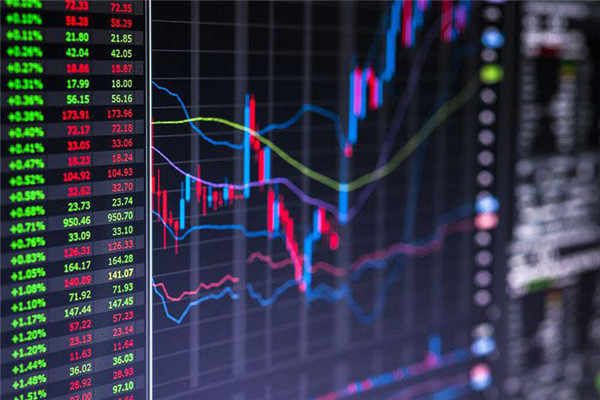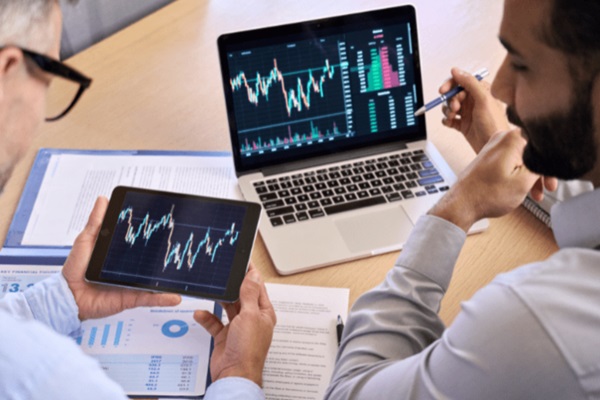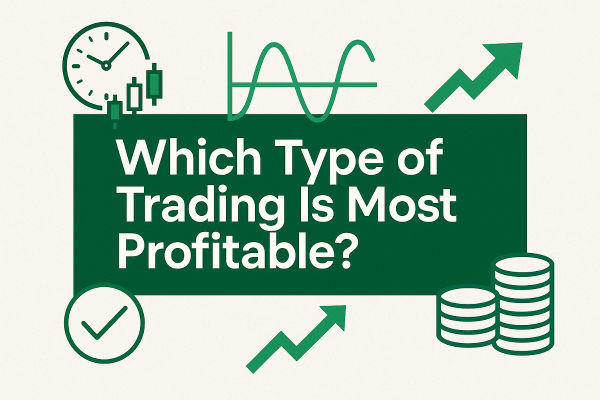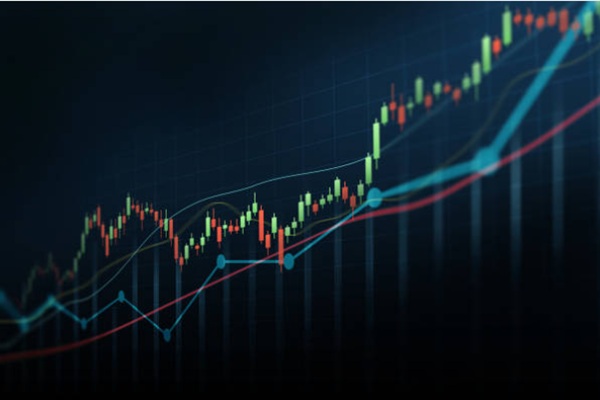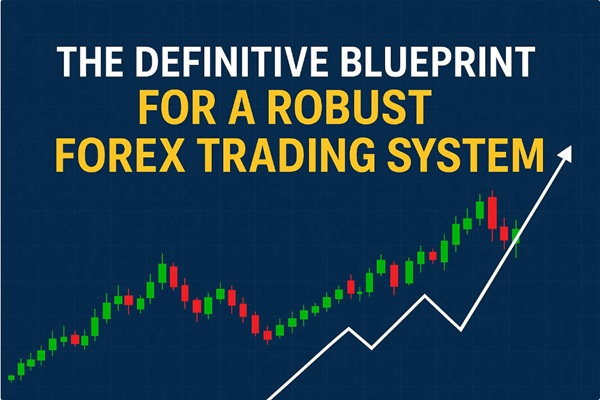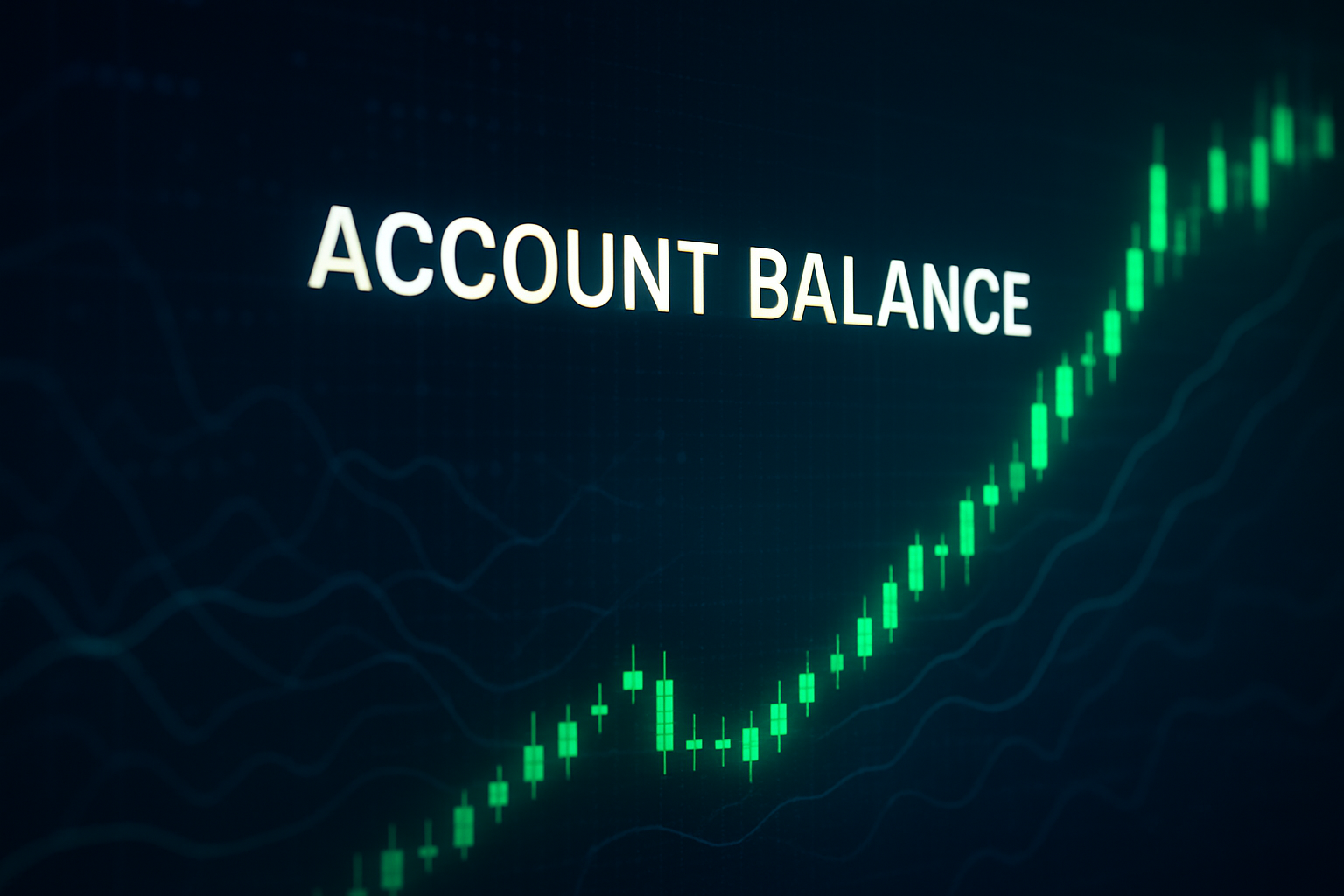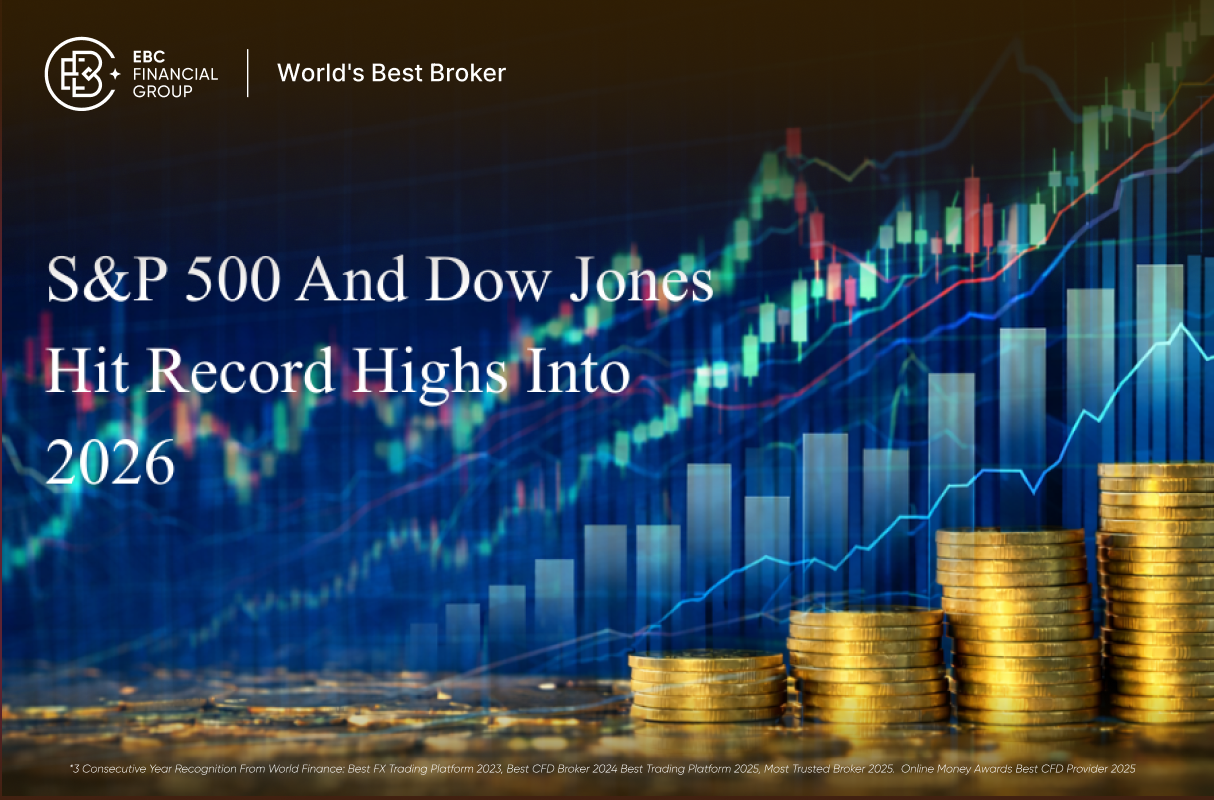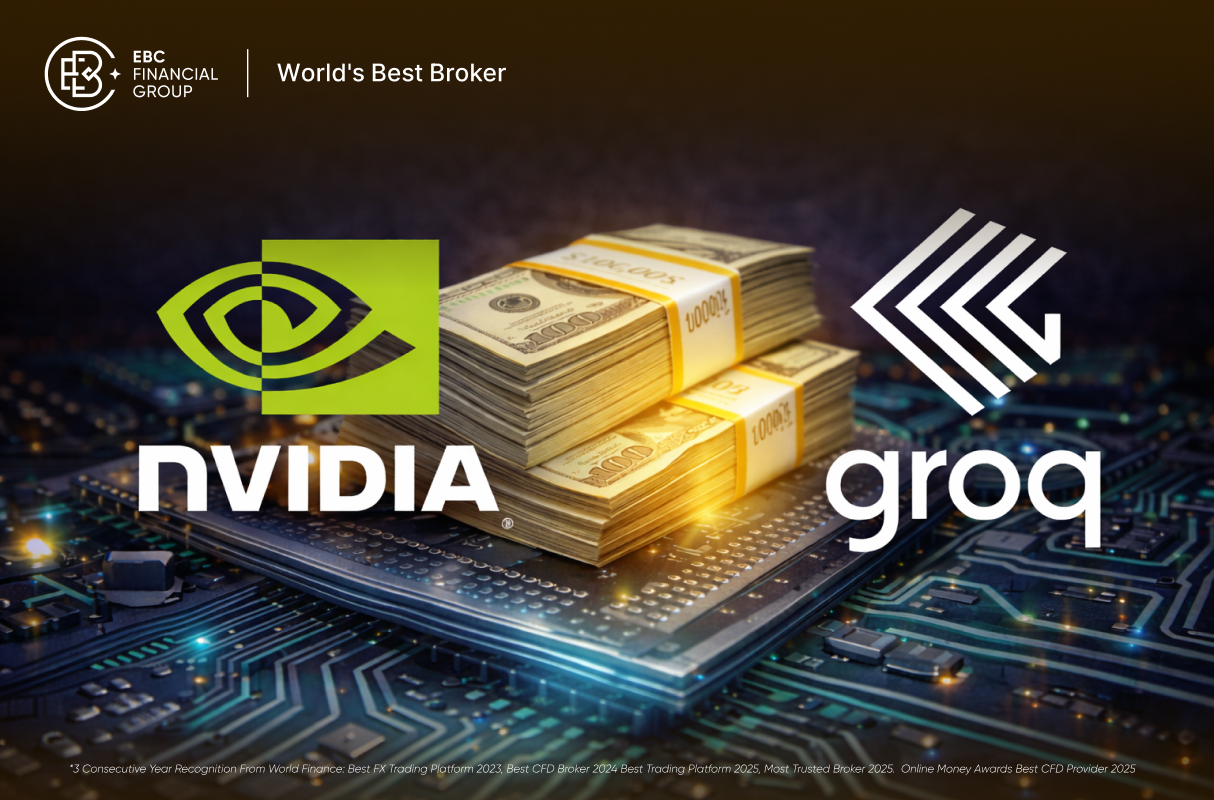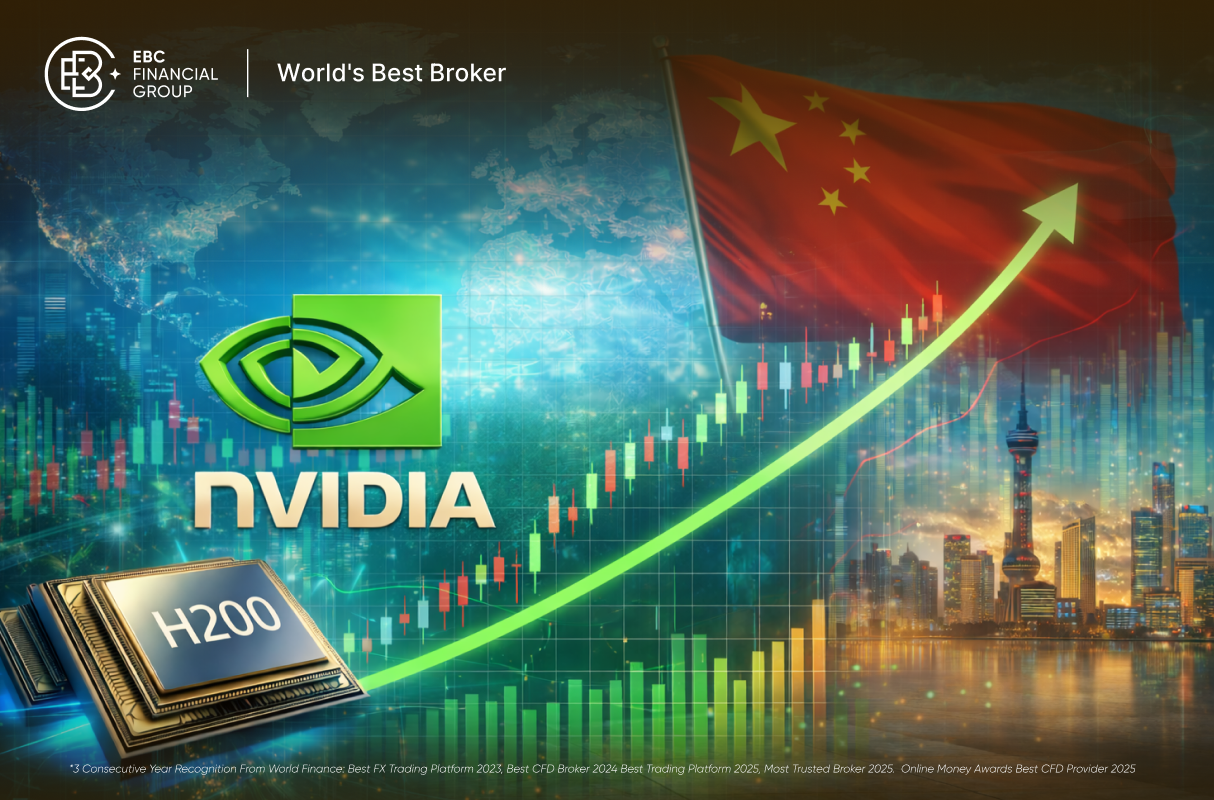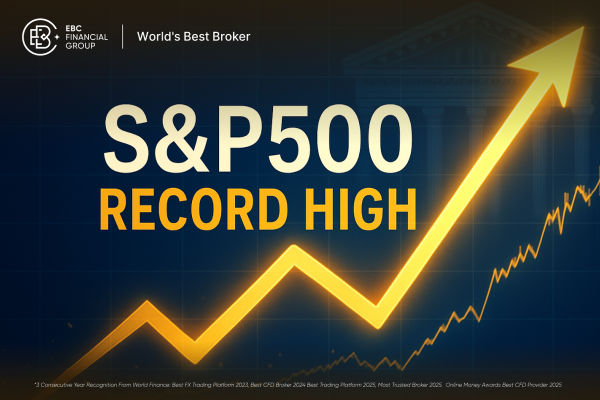What is a Trading System?
The trading system is a platform that provides an efficient and secure
trading environment for buyers and sellers. It promotes the smooth progress of
trade through functions such as order management, execution and matching,
quotation and market information, as well as clearing and
settlement. The trading system follows specific trading rules and regulatory
requirements to ensure fairness and transparency in the market. At the same
time, it also implements effective risk management measures to ensure the
security of the trade. Through the trading system, traders can easily conduct
trading operations, obtain real-time Market data, and get quick settlement and
clearing of trade.
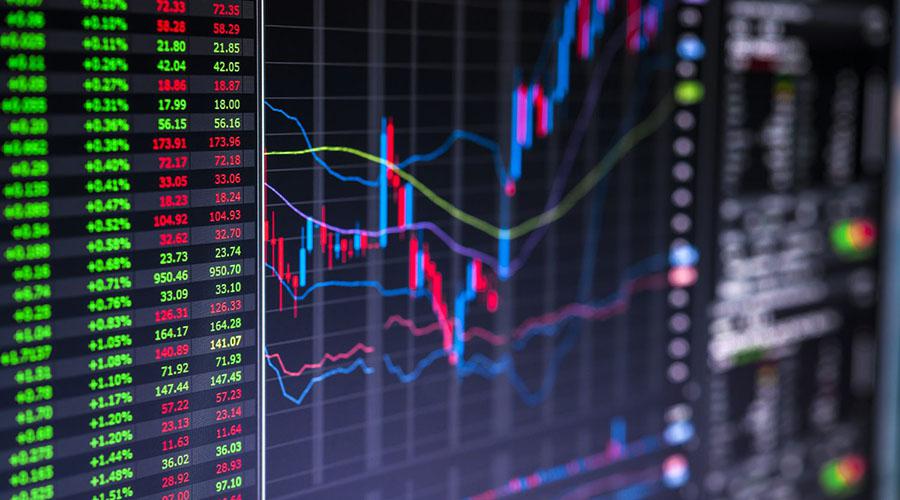
The trading system includes the following aspects:
1. Trading Market: The trading system provides a market platform for buyers
and sellers to conduct transactions. This can be a stock exchange, a commodity
exchange, a foreign exchange market, etc.
2. Order management: The trading system needs to process and manage purchase
and sale orders. Buyers and sellers can submit orders through the system, and
the system will automatically match suitable purchase and sale orders.
3. Execution and matching: The trading system is responsible for executing
and matching buying and selling orders. It will search for matching buyers and
sellers in the market based on the price and quantity of the order, and then
close the order.
4. Quotation and market information: The trading system provides real-time
market quotations and market information. This includes quotes from buyers and
sellers, the latest transaction price, transaction volume, etc. This information
is crucial for traders to make decisions and analyze the market.
5. Trading rules and regulation: The trading system needs to comply with
specific trading rules and regulatory requirements. These rules can include
transaction time, transaction costs, transaction restrictions, etc., aimed at
ensuring fairness and transparency in the market.
6. Transaction Clearing and Settlement: The trading system is responsible for
handling transaction clearing and settlement. This includes confirming the
validity of the transaction, calculating the value of the transaction, adjusting
the trader's account balance, and so on. Transaction clearing and settlement are
important links to ensure the normal operation of transactions and risk
control.
7. Risk management: The trading system needs to implement effective risk
management measures to ensure the safety and stability of transactions. This can
include setting transaction limits, monitoring abnormal trading behavior, and
implementing risk control measures.
8. Reporting and monitoring: The trading system provides reporting and
monitoring functions to help regulatory agencies and traders monitor the
operation of the market and trading conditions. This can include generating
transaction reports, monitoring transaction activities, identifying potential
violations, and so on.
A trading system should at least include the following aspects:
(1) Trading objectives
(2) Fund Management Rules
(3) Opening strategy (rules)
(4) Departure strategy (rules)
(5) Rules of Conduct
(6) Risk management
(7) Learning System
The trading system covers aspects such as trading markets, order management,
execution and matching, quotation and market information, trading rules and
regulation, trading clearing and settlement, risk management, and reporting and
monitoring. These aspects together build an effective and secure trading
environment.
